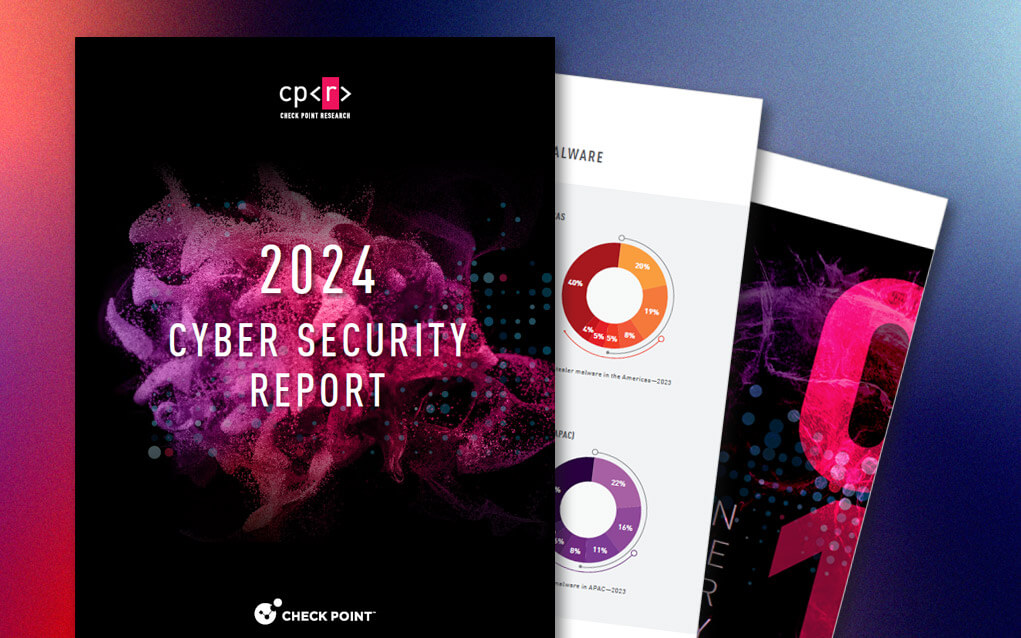Expos and exhibitions have hit a golden phase when it comes to business partnerships, consumer connections, and advertising….
Fastest EV Charger in US Can Fill EV Batteries for 200 Miles in 5 Minutes – Technology Org
Gravity Mobility, a Google-backed electric vehicle (EV) infrastructure startup, has officially opened the fastest electric car battery charging…
What Other Country Could Provide Abrams Tanks to Ukraine? – Technology Org
Ukraine already has some Abrams tanks from the US. But the defenders of Ukraine would like to have…
Smart glove teaches new physical skills – Technology Org
You’ve likely met someone who identifies as a visual or auditory learner, but others absorb knowledge through a…
The automated method helps researchers quantify uncertainty in their predictions – Technology Org
Pollsters trying to predict presidential election results and physicists searching for distant exoplanets have at least one thing…
Artificial Intelligence reveals prostate cancer is not just one disease – Technology Org
Artificial Intelligence has helped scientists reveal a new form of aggressive prostate cancer, which could revolutionise how the…
Turn the tables: Advance your security with evidence-backed expert insights – CyberTalk

EXECUTIVE SUMMARY:
In 2023, the cyber threat landscape evolved at a record-breaking pace. Global cyber attacks increased by roughly 48%. Threats became more sophisticated and expensive to contend with than ever before.
Cyber security leaders who overlook recent developments risk being blindsided by powerful, persistent and potentially damaging cyber adversaries. The bad actors are well-financed and are finding network “footholds” in unprecedented ways.
More than two-thirds of companies report having experienced a cyber attack in the last 12 months. The alarming truth is that businesses aren’t adapting fast enough. As cyber crime accelerates, will your organization be able to keep up?
Included in the report
Newly developed ransomware techniques have intensified the malware’s impact on businesses. In 2023, Check Point Research observed a notable spike in large-scale ransomware attacks intended to disrupt multiple businesses in quick succession. Actual incidents impacted hundreds or thousands of entities.
| “By failing to prepare, you are preparing to fail,” – Benjamin Franklin |
And other evolving threats are even more pernicious than that. Threat actors have developed new tactics that covertly exploit edge devices for the purpose of executing extensive DDoS attacks, spam campaigns and network takeovers. Attackers have also increased their use of AI to scale efforts. AI is now used to analyze information, enhance phishing threats and to automate attacks.
The aforementioned represent just a fraction of the ways in which cyber attackers and attacks are becoming more sophisticated. Ensure that your organization knows which advanced security tools to implement. In the Check Point Research Cyber Security Report, get expert recommendations for strategic and innovative products that can keep pace with the latest threats.
Context as a compass
Context around contemporary threats can be just as critical as product recommendations, as context is what enables your organization to ‘see around corners’; to predict problems. Context defines agility. In short, context enables organizations to effectively anticipate, adapt to and respond to threats.
The environmental information included in the Check Point Research Cyber Security Report empowers security leaders to identify issues with greater accuracy and to present a stronger response.
Further details
In 2024, for the vast majority of organizations, confronting cyber security challenges will be a core business objective. As your organization looks ahead, ensure that it accounts for the latest cyber security trends, research, intelligence analyses and recommendations — as explained by preeminent industry experts.
Get valuable insights that can translate to stronger cyber security, improved business resilience, fewer nightmares and more sleep for your security staff. Discover why leading brands trust the Check Point Research Cyber Security Report. Download now.
For more information about the forces shaping the cyber threat landscape, subscribe to the CyberTalk.org newsletter. Get timely insights, cutting-edge analyses and more, delivered straight to your inbox each week.
Reimagine Your Space with AI: How to Transform Your Home in 2024
In today’s fast-paced world, interior design has taken a leap into the future with the integration of artificial intelligence (AI). The power of AI tools in interior design opens up a realm of possibilities, making the process of transforming spaces not just easier but also more…
AI in Higher Education – Balancing the Risks and Rewards
A significant portion of the discussion around generative AI tools has focused on the challenges related to academic integrity and AI plagiarism. Cheating has dominated the discourse. As a result, many administrators and instructors’ primary focus has been a search for tools that uncover AI-generated writing….
AI Optimism vs. Skepticism: Why Are the Knowledge Workers Confused?
Artificial Intelligence (AI) is one of the most transformative technologies of the present time, with the potential to revolutionize various domains such as education, health, business, and entertainment. However, AI poses significant challenges and risks, such as ethical, social, legal, and economic implications. As a result,…
